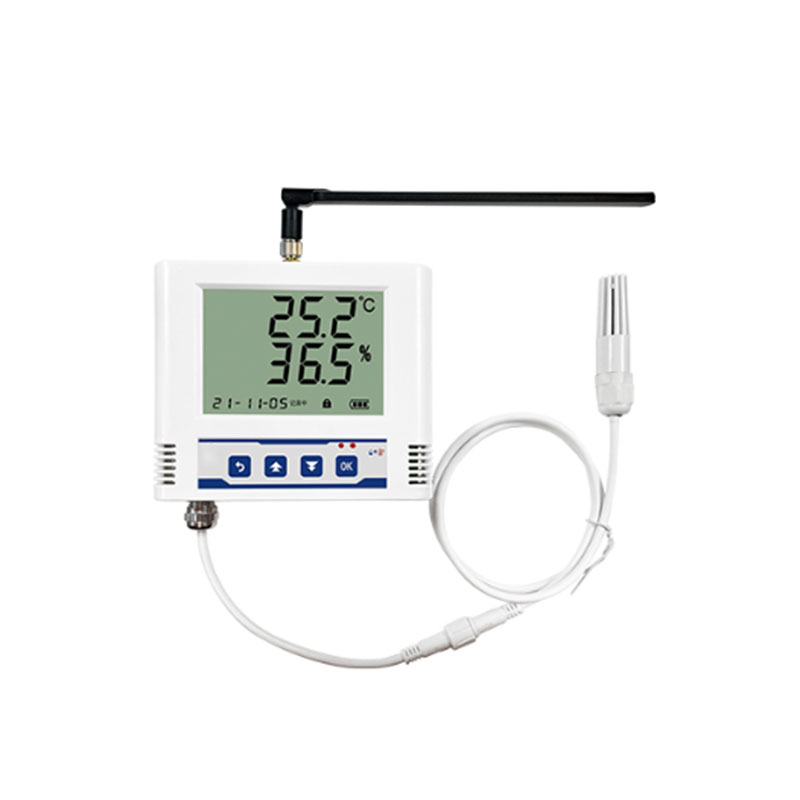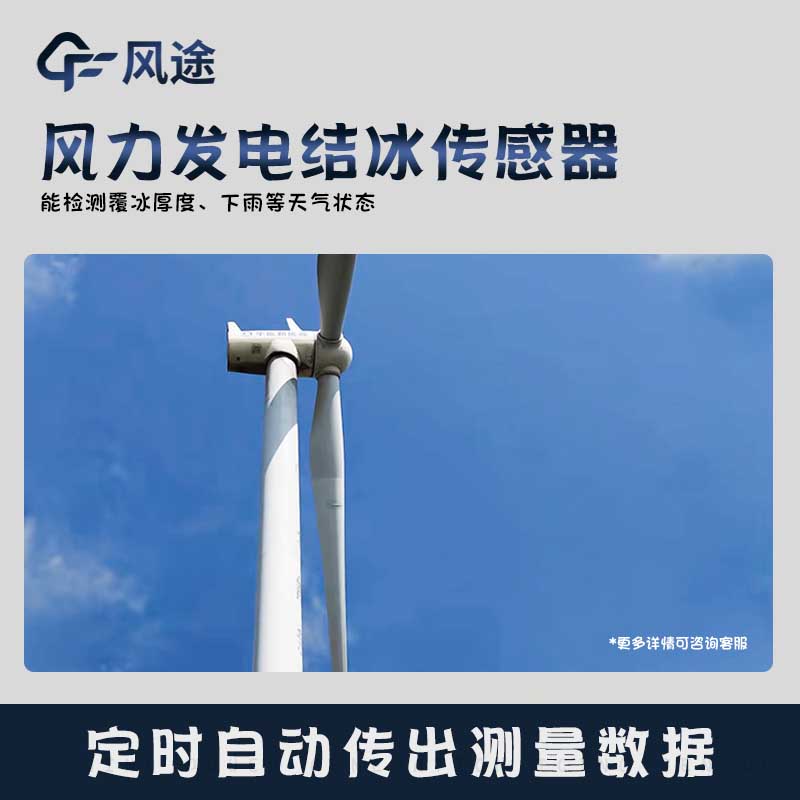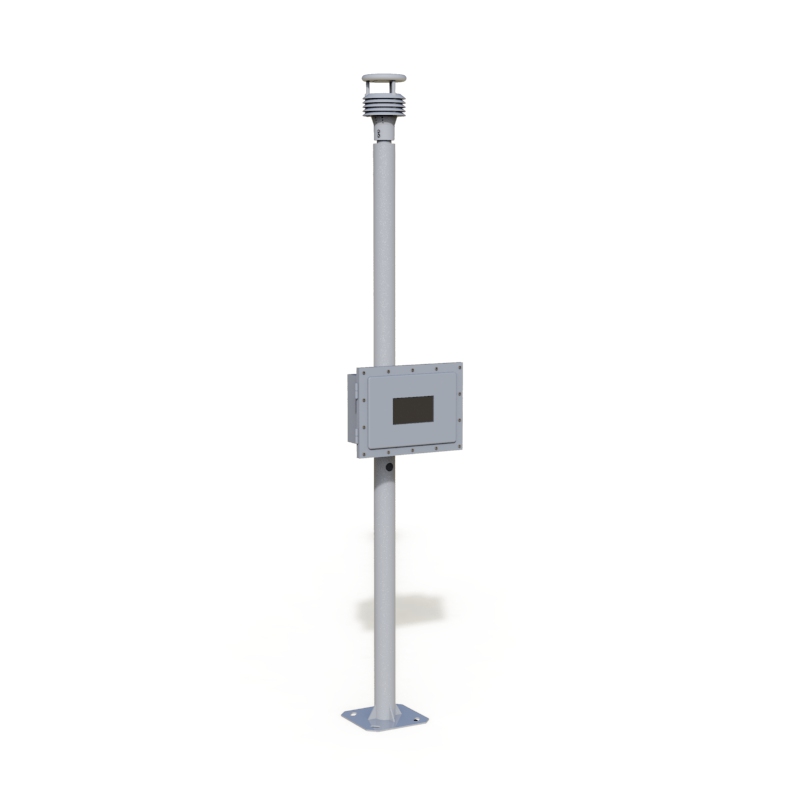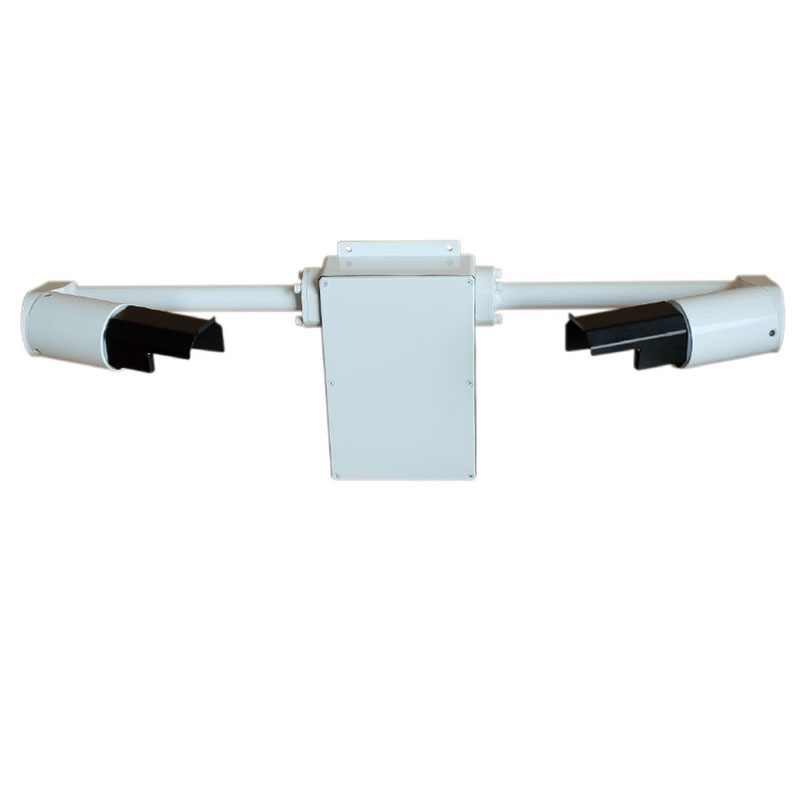Product
-
Weather station
-
Portable Weather Station
-
Weather Sensor
-
Visibility Monitoring
-
Cloud and aerosol observation
-
Atmospheric environment monitoring station
Recommended article
- Grassland weather stations protect against grassland fires
- Forest Weather Monitoring System to protect against hill fires
- Grid-based environmental monitoring system, a refined environmental management model
- Introduction to the Integrated Forest Climate Fire Risk Factor Monitoring Station
- 10 metre manual common lightning rod is convenient and easy to use
- What can be done about forest fire prevention? Try this weather station
Contact us
Shandong Fengtu IOT Technology Co., Ltd
Sales Manager:Ms. Emily Wang
Cel,Whatsapp,Wechat:+86 15898932201
Email:info@fengtutec.com
Add:No. 155 Optoelectronic Industry Accelerator, Gaoxin District, Weifang, Shandong, China
Are field microclimate observatories useful?
Article source:Weather station time:2024-04-15 09:12:12 viewed:1times
Meteorological stations play an important role in agricultural production by providing critical information needed for agricultural planning and crop planting arrangements. Crops depend on favourable climatic conditions, such as temperature, humidity, light and water. Through the continuous monitoring and data recording of these elements by agrometeorological stations, agricultural producers can better plan and adjust their production activities, thereby enhancing the efficiency and economic benefits of agricultural production. Data from weather stations help ensure that crops can thrive under optimal growing conditions, leading to abundant output and profitability.
In recent years, the use of field microclimate stations in field management has become more common as the agricultural farming industry continues to progress. The main function of these weather stations is to monitor various meteorological conditions on farmland in real time, including temperature, humidity, wind speed, wind direction, precipitation and light intensity. By collecting these key data, agro-weather stations help farmers understand more accurately the environmental conditions under which their crops grow, so that they can make more reasonable planting decisions, optimise the allocation of agricultural resources, and improve crop yields and quality. The application of such scientific and technological means is of great significance in enhancing the science and accuracy of agricultural production.
The field microclimate observatory collects meteorological information such as temperature and humidity in real time through the installed meteorological sensors. These data are collected by the collector and sent to the management platform through a wireless network. Users can access these data directly on their computers, facilitating real-time monitoring and analysing of farmland climate conditions.
In modern agriculture, weather stations are able to operate automatically under unattended conditions and adapt to a variety of terrains and environments, which significantly extends the coverage of weather monitoring and improves the accuracy and credibility of the data.
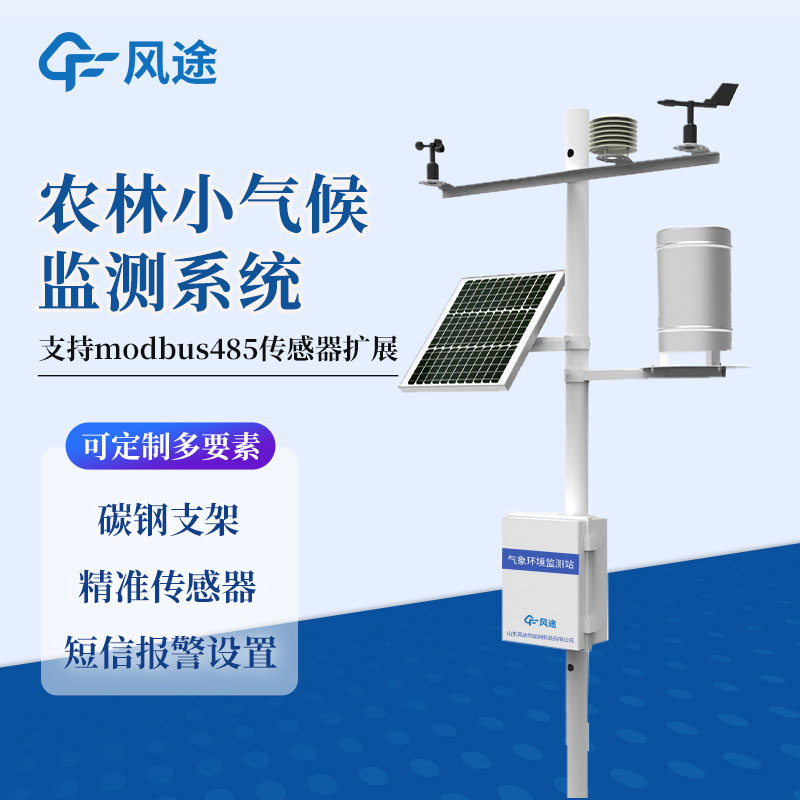
This paper addresses:https://www.yf182.com/industry/335.html
Related products
Related article
-
Functions of the Integrated Cloud Gauge application
2024-03-21 -
Portable Negative Oxygen Ion Detector FT-FY1 Manual
2024-03-27 -
Advantages of online noise detectors
2024-03-29 -
Introduction to forest security monitoring systems
2024-04-12 -
What is a facility agro-weather station?
2024-02-04 -
Introduction to the Integrated Forest and Grassland Fire Risk Factor Monitoring Station
2024-02-06 -
Weather station monitoring system for defence against meteorological disasters
2024-02-21 -
Mechanical Weather Stations & Ultrasonic Weather Stations
2024-02-01


